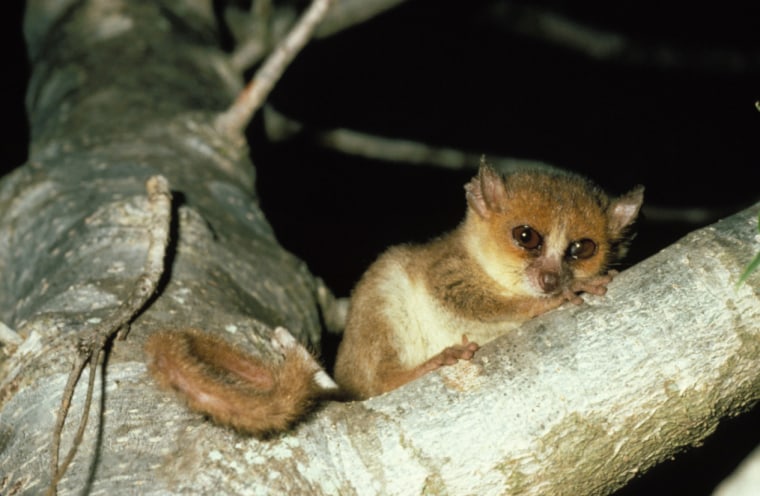Almost half of the world's 634 types of primates are in danger of going extinct, some of them literally being hunted to death, experts said Monday after their first comprehensive review in five years.
"We’ve raised concerns for years about primates being in peril, but now we have solid data to show the situation is far more severe than we imagined," Russell Mittermeier, president of Conservation International and chairman of the primate specialist group at the IUCN wildlife network, said in a statement announcing the findings.
"Tropical forest destruction has always been the main cause, but now it appears that hunting is just as serious a threat in some areas, even where the habitat is still quite intact," he added. "In many places, primates are quite literally being eaten to extinction."
That practice is particularly noticeable in Africa, where a lack of other protein sources has more people turning to so-called bushmeat for food.
Hundreds of experts contributed to the review, which was issued by Conservation International, the IUCN and the International Primatological Society.
Worst in Vietnam, Cambodia
"In both Vietnam and Cambodia, approximately 90 percent of primate species are considered at risk of extinction," the groups said in their joint statement. "Populations of gibbons, leaf monkeys, langurs and other species have dwindled due to rampant habitat loss exacerbated by hunting for food and to supply the wildlife trade in traditional Chinese medicine and pets."
"What is happening in Southeast Asia is terrifying," said Jean-Christophe Vié, deputy head of the IUCN species program. "To have a group of animals under such a high level of threat is, quite frankly, unlike anything we have recorded among any other group of species to date."
"In Africa, 11 of the 13 kinds of red colobus monkeys assessed were listed as critically endangered or endangered," the groups stated. "Two may already be extinct: Bouvier’s red colobus has not been seen in 25 years, and no living Miss Waldron’s red colobus has been seen by a primatologist since 1978, despite occasional reports that some still survive."
Richard Wrangham, president of the International Primatological Society, noted that size appears to be a factor in who dies out first. “Among the African species, the great apes such as gorillas and bonobos have always tended to grab the limelight," he said, "and even though they are deeply threatened, it is smaller primates such as the red colobus that could die out first."
Mountain gorillas still 'critically endangered'
The partners noted that experts had considered reclassifying the mountain gorilla to endangered from critically endangered due to increasing populations in their only habitat – the protected mountain jungles of Rwanda, Uganda and Democratic Republic of Congo. "However, the slayings of eight mountain gorillas in 2007 and continuing political turmoil in the region delayed the planned reclassification," the partners stated.
Anthony Rylands, a scientist with Conservation International, said retaining even forest fragments and connecting them with corridors can help some primate species.
"If you have forests, you can save primates," he said.
“It is not too late for our close cousins the primates, and what we have now is a challenge to turn this around,” added Mittermeier.
Conservation International background on primates is online at www.conservation.org/primatenews.
